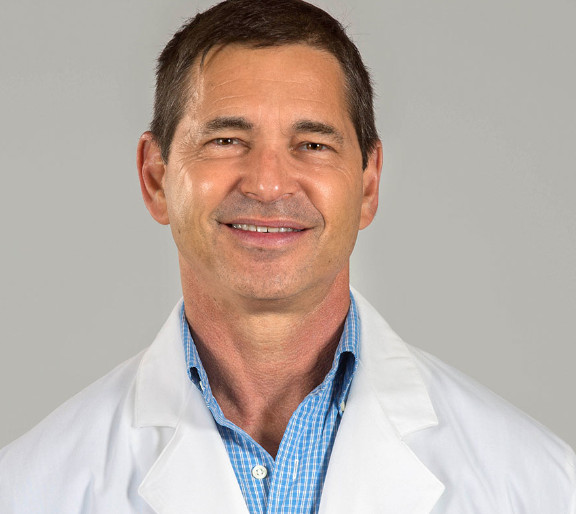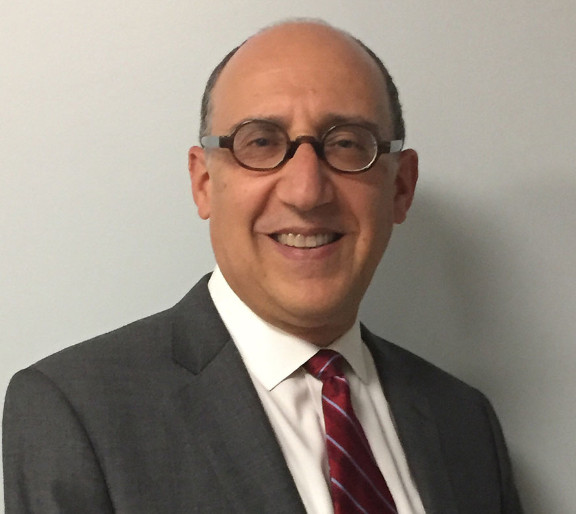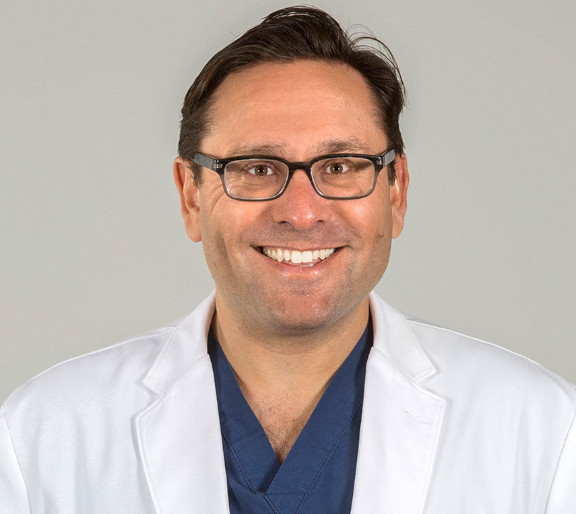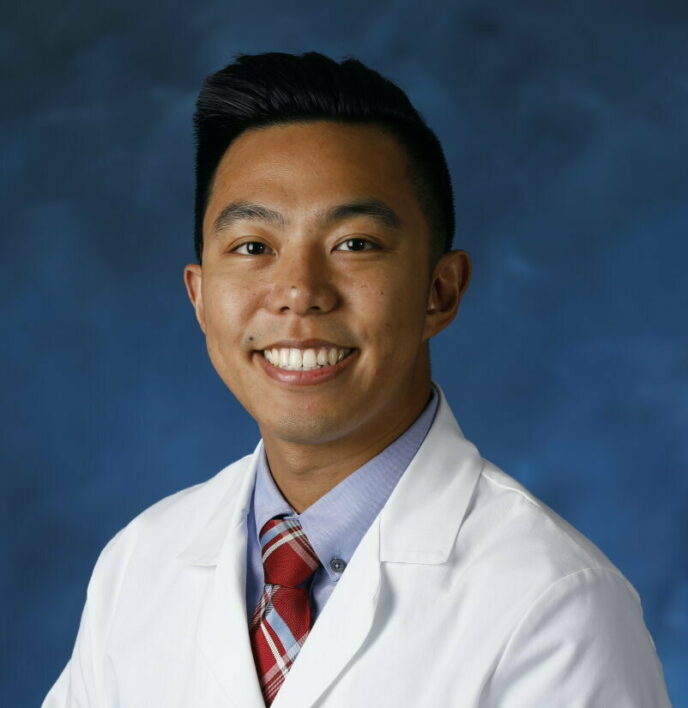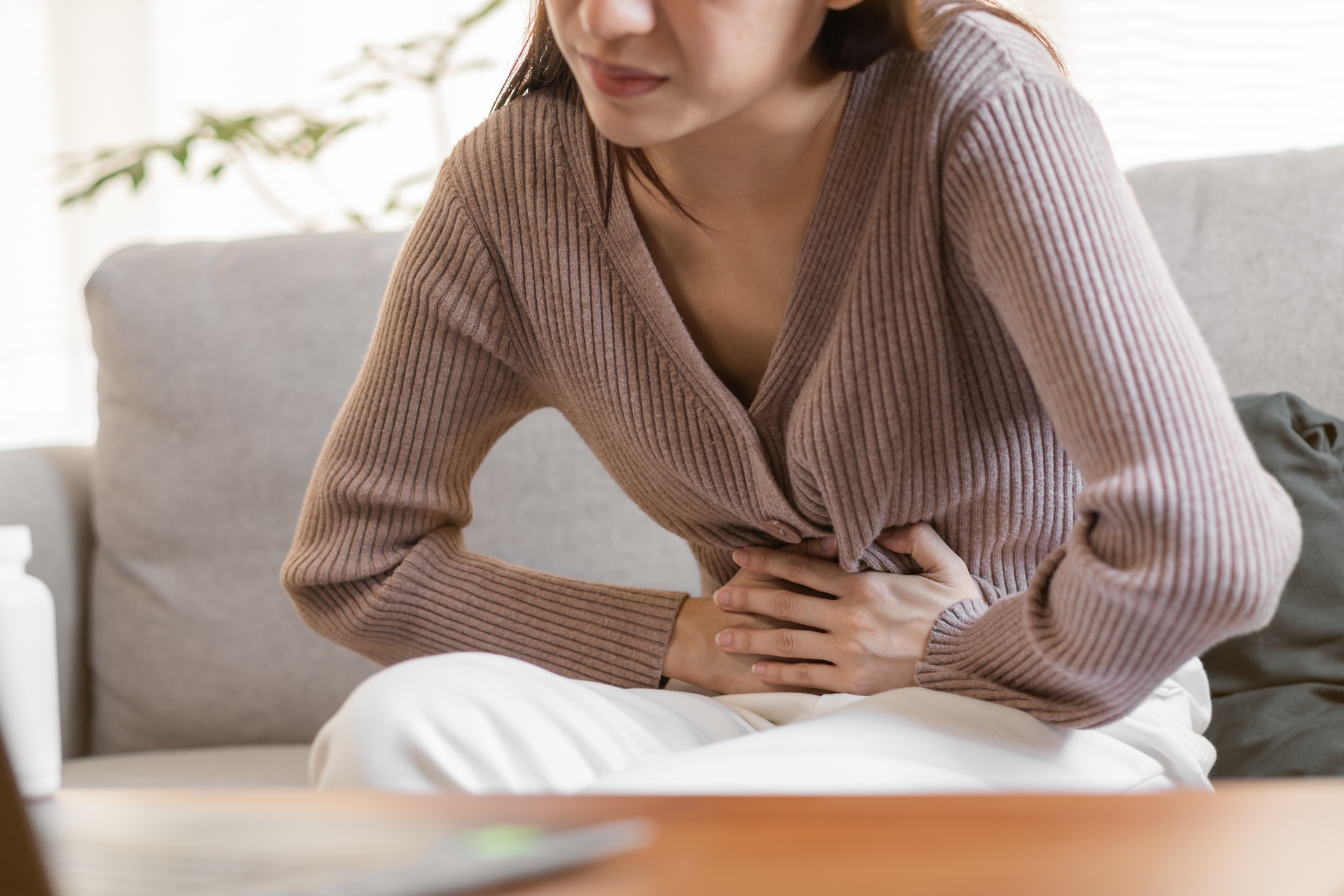
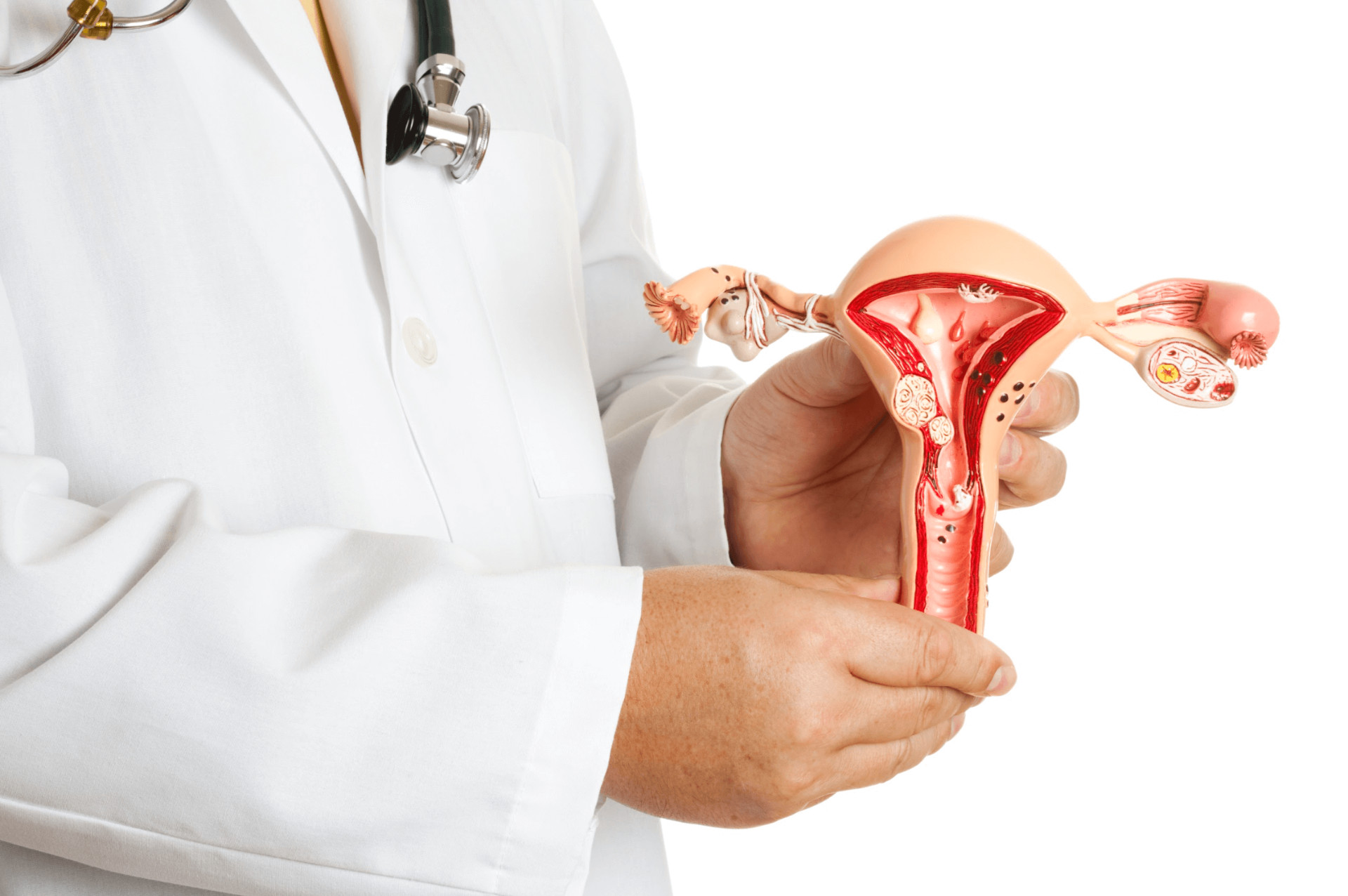
How is Adenomyosis Diagnosed?
If you suspect you have adenomyosis, it is important to see your doctor as soon as possible. The first reason is that symptoms of adenomyosis are similar to other, more serious conditions, such as endometriosis. In addition, treatment of adenomyosis can reduce symptoms and significantly improve your quality of life. At American Fibroid Centers, our team of affiliated interventional radiologists is highly trained in the diagnosis of adenomyosis and uses the most advanced technology and techniques available. During your initial consultation, they will discuss your symptoms and medical history and help to determine the best plan of action, depending on the stage and severity of your condition. Learn more about the imaging tests our affiliated physicians offer at our outpatient offices in New York and New Jersey below, and contact us to schedule an appointment today!

Tests to Diagnose Adenomyosis
Adenomyosis of the uterus can be difficult to diagnose because the symptoms are similar to other reproductive tract conditions, including uterine fibroids and endometriosis. First, your doctor will perform a pelvic exam to feel the size of your uterus and look for any abnormalities. In most cases, further testing is required. Our affiliated physicians at American Fibroid Centers typically use ultrasound and MRI to accurately diagnose women with adenomyosis. The diagnostic technique used will depend on the complexity of your condition. Tests to check for the presence of adenomyosis include the following:
Ultrasound
A transvaginal ultrasound uses sound waves to produce images of the pelvic organs. These images can sometimes show thickening of the uterine walls. Ultrasound can be used to look for adenomyosis in its advanced stages. Your doctor will be able to rule out other potential causes of your symptoms, such as uterine tumors and fibroids.
Magnetic Resonance Imaging (MRI)
MRI is often used if a diagnosis cannot be made via ultrasound. This test allows your doctor to get a more detailed picture of your uterus. The characteristic feature of adenomyosis on an MRI scan is a thickened junctional zone (JZ) where the junction between the endometrial lining and muscle is now wider. This indicates that the lining has grown into the muscle, confirming adenomyosis.
Endometrial Biopsy
Although abnormal bleeding is a common symptom of adenomyosis, it can sometimes be indicative of cancer. In some cases, your doctor may conduct an endometrial biopsy to collect a sample of your uterine tissue. The sample is then tested to rule out cancer and other serious conditions.
What to Do After You Are Diagnosed
So, you’ve been diagnosed with adenomyosis – now what? Treatment of this condition is critical to your overall health and well-being. Since adenomyosis is not life-threatening, you should be evaluated by a specialist before deciding if surgery is right for you. In the meantime, there are several ways to effectively manage your pain and other symptoms and prevent adenomyosis from progressing. These include:
- Physical therapy, including acupuncture
- Pain management
- Certain medications, such as birth control pills
- Eating an anti-inflammatory diet
- Hormone-regulating supplements
Treatment for Adenomyosis
The best treatment for adenomyosis is Uterine Artery Embolization (UAE), which is a minimally invasive-image guided procedure to provide women with relief from their symptoms. Unlike hysterectomy, UAE preserves the uterus and only requires a small incision. UAE is performed in an outpatient setting by our affiliated physicians at American Fibroid Centers and takes approximately 30 to 40 minutes to complete. UAE offers the following benefits:
- Shorter recovery time than traditional surgery
- No hospital stay required
- Minimal risk of complications
- Preserves fertility
- Effective relief from adenomyosis symptoms
Our Adenomyosis Specialists
Our affiliated physicians at American Fibroid Centers have years of experience treating patients with adenomyosis. They are among the nation’s most respected providers of endovascular procedures, including UAE. Find your nearest location to schedule a consultation with an affiliated physician for high-quality adenomyosis care in NY or NJ today!
What Our Patients Are Saying
Learn more about our patient’s experiences at American Fibroid Centers.
From the Experts
Get to know more about the symptoms, causes, treatment, and care of Uterine Fibroids.



